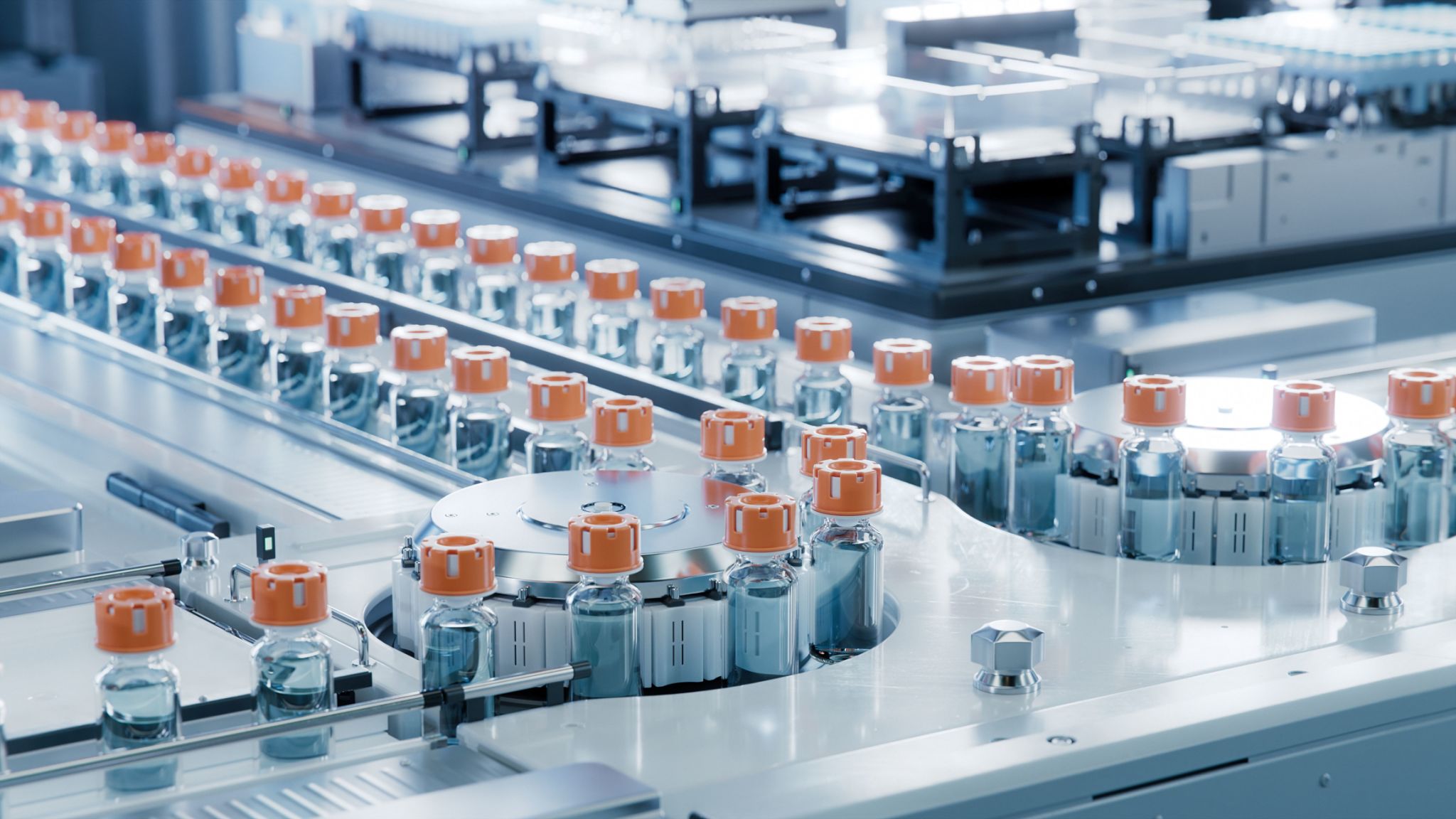Bringing Breakthrough Medicines to Market: A Step-by-Step Guide
The journey of bringing breakthrough medicines to market is complex and highly regulated, yet it is crucial for advancing healthcare. This guide outlines the essential steps involved in transforming a promising compound into an accessible treatment.
Research and Discovery
The process begins with rigorous research and discovery. Scientists identify potential compounds through extensive research, often focusing on unmet medical needs. This stage involves understanding the disease mechanism and finding a compound that may interact positively with the biological target.
Advanced technologies like AI and machine learning are increasingly playing a role in speeding up this phase by analyzing vast amounts of data to identify promising candidates faster.

Preclinical Development
Once a promising compound is identified, it enters preclinical development. This phase involves laboratory and animal studies to gather preliminary efficacy, toxicity, and pharmacokinetic information. The goal is to ensure the compound is safe enough to be tested in humans.
Successful preclinical studies provide a foundation for designing human trials, laying out the groundwork for the next critical stage of development.
Clinical Trials
Clinical trials are conducted in several phases to evaluate the safety and efficacy of the drug in humans. These trials are designed to answer specific research questions:
- Phase I: Tests safety in a small group of healthy volunteers or patients.
- Phase II: Explores efficacy and side effects in a larger patient group.
- Phase III: Confirms effectiveness, monitors side effects, and compares it to commonly used treatments in a large group.

Regulatory Review and Approval
After successful clinical trials, a comprehensive dossier is submitted to regulatory agencies like the FDA or EMA for review. This dossier includes all data from preclinical studies and clinical trials. The agency assesses whether the drug is safe and effective enough for market approval.
If approved, the drug can be marketed and made available to patients, marking a significant milestone in the drug development process.
Manufacturing and Distribution
The manufacturing process must ensure the drug is produced consistently and meets high-quality standards. This involves scaling up production from laboratory to industrial scale while adhering to Good Manufacturing Practices (GMP).

Post-Market Surveillance
The final step involves post-market surveillance, where ongoing monitoring ensures the drug remains safe and effective when used by the general population. This stage can lead to further discoveries about the drug’s benefits and risks not identified in clinical trials.
Pharmacovigilance activities are crucial for maintaining patient safety and can lead to updates in labeling or, in rare cases, withdrawal from the market if new risks emerge.
The process of bringing breakthrough medicines to market is intricate, yet it is vital for advancing healthcare and improving patient outcomes. Each step requires meticulous attention to detail, collaboration among various stakeholders, and unwavering dedication to scientific excellence.
